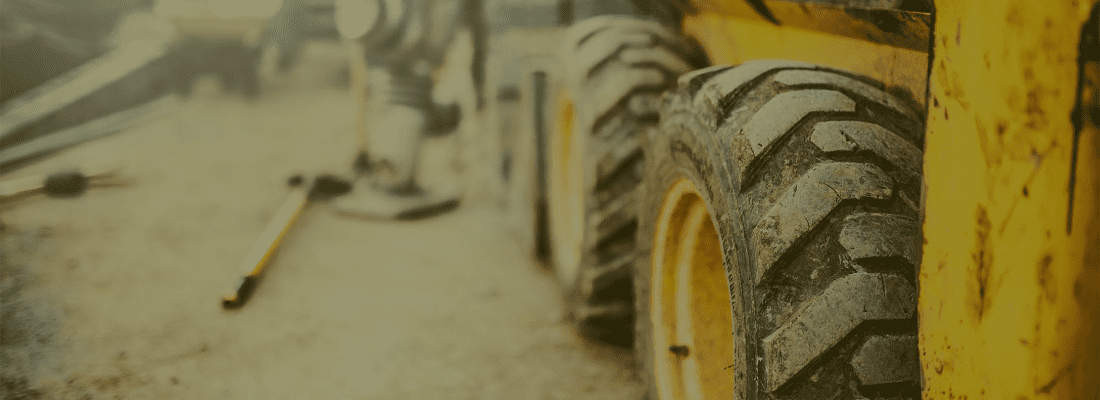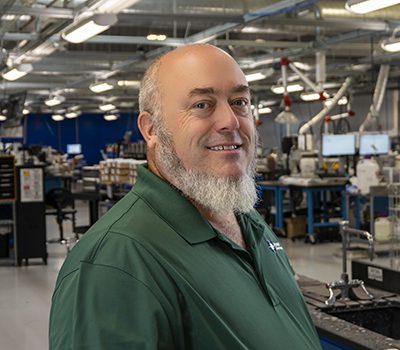Offroad Equipment: Combating Critical Conditions
Nothing derails your equipment reliability more than a critical failure or accident while in operation. In today’s market, there is a high demand for equipment due to the average lifespan for most fleets being only four years. However, because of supply issues and current economic conditions, many are looking to extend the life of their fleet.
Identifying the Issue
Harsh operating conditions, extreme load variations and the high-dollar costs involved in downtime and equipment replacement make fluid analysis a necessary part of doing business in the off-highway (construction/aggregate) industry.
Heavy-duty equipment is expected to maintain maximum performance levels. Despite being required by this industry; they’re often exposed to daily uncontrollable environmental factors. This includes moisture, abrasives, and temperature. Contamination and wear are imminent and when left unchecked, can halt production in a heartbeat.
Discovering a Solution
Routine testing identifies small problems before they become major failures, allowing you to meet the high demands of your customers on time and on budget. Maximize asset reliability and regain control of your production by monitoring all fluids associated with the asset through analysis to identify wear-causing contaminants, fluid properties and their effect on component performance.
Asset Monitoring
All components of the asset must be monitored and these can vary based on the type of asset. Components with the most assets include:
- Prime mover (engine)
- Gear systems (transmissions, final drive/differentials)
- Hydraulic systems
- Integrated cooling systems (which provide cooling for engine, transmission and hydraulic systems)
Monitoring of the fluid properties can differ based on fluid and component. For example, engine oil we monitor for wear properties.
Fluid Properties:
- Oil – The viscosity, as well as its ability to neutralize acids and disperse and suspend soot particles produced during combustion, can indicate if anti-wear additive and dispersant/detergent levels are providing sufficient engine protection and have good oxidation stability to prevent sludge from forming.
- Coolant – There’s more to coolant analysis than testing coolant formulations – it’s about identifying problems within the cooling system that can be detrimental to engine performance and lead to premature engine failure.
- Field Testing – Monitoring visual characteristics of the coolant using test strips to determine corrosion protection levels, pH and or freeze point. Field testing conducted on-site should be used as a screening tool to determine if laboratory testing is required earlier than scheduled.
- Laboratory Testing – Determining the validity of concerns with corrosion of system metals, hard water contamination, early degradation breakdown of glycol and other chemical properties. Laboratory testing is typically recommended to be conducted twice a year for normal use engines (Spring & Fall) and every quarter for high-hour or extreme duty engines.
Contamination:
- Abrasives – Dirt and silica can contaminate your oil, causing excessive wear on the equipment
- Water – Can wreak havoc on the operating performance and cause severe damage to the equipment
Why is Information so Important for Analysis?
There are complex interpretation factors accounting for each test result of the respective application. This includes samples defined as grease, diesel fuel, lubricant or coolants. Without the specific equipment model, a laboratory may have to rely on generic data points to extrapolate typical wear accumulation. These limits could either be too aggressive or not aggressive enough for the type of equipment tested.
A great way to gauge is by fuel. The differences between #1 and #2 diesel fuel can be seen in several laboratory tests. Diesel fuel #1 will have lower results for Viscosity, Cloud Point, Pour Point and Distillation in relation to diesel fuel #2.
Recommended Fluid Testing Should Include:
- Oil – Elemental Metals (Wear, contaminants, additive), Viscosity, TAN/TBN, Fuel/Soot (if applicable), Water, particle count (if applicable), PQ/Ferrous density (if applicable)
- Coolant – Elemental Metals (Corrosion, contaminants, additive), Glycol, Boil point, Nitrate, HPLC Carboxylic acids and azoles, SCA (if applicable), Specific Conductance, Hardness, Visuals and IC Chromatography (Contaminates and Degradation acids)
- Fuel – Contact your fluid analysis laboratory to determine your needs. ASTM D975, NFPA-110 or specific issues may determine the correct testing.
- Grease – Contact your fluid analysis laboratory to determine your needs.
Click here to view our complete testing list
Published April 23, 2024








